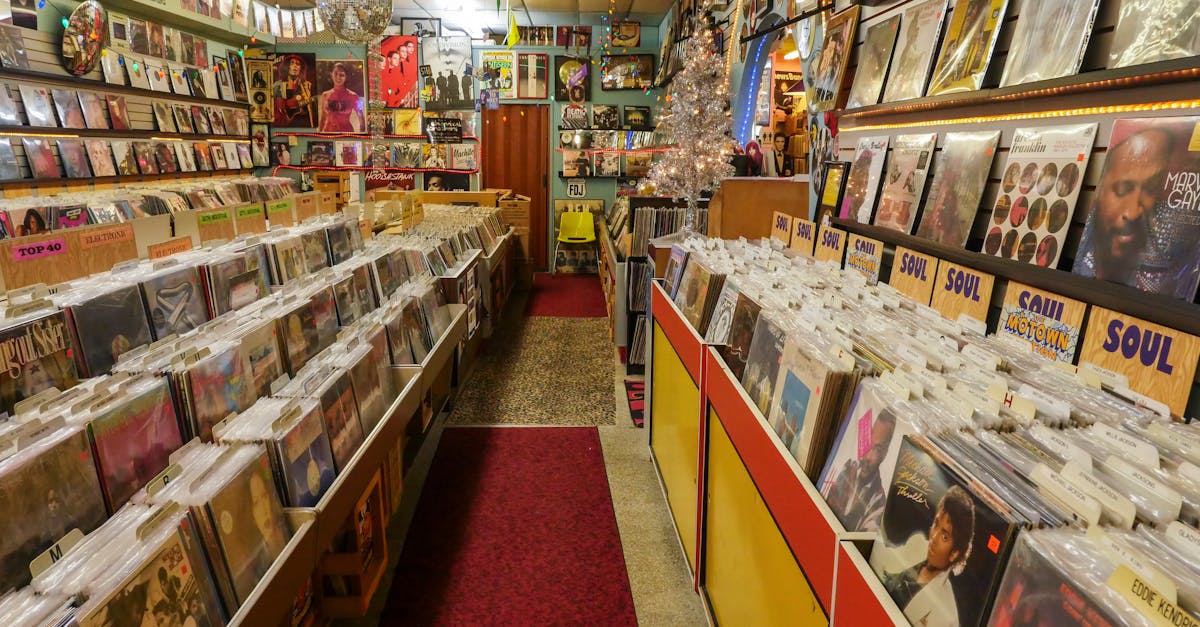Independent Films vs Hollywood Blockbusters
Introduction
In recent years, independent films have steadily gained traction, challenging the dominance of traditional Hollywood blockbusters. Often hailed for their unique storytelling and innovative approaches, indie films present a refreshing alterative to mainstream cinema. These low-budget projects allow for artistic freedom and experimentation that big studio productions may shy away from. The democratization of technology has further aided their growth, granting filmmakers access to new tools and platforms. As audiences become more discerning, they increasingly seek authentic and diverse narratives not always found in cookie-cutter blockbusters. This shift towards indie films signals a significant evolution in viewer preferences and the film industry itself.
Advertisement
Artistic Freedom and Creativity
Independent films are synonymous with creativity and artistic freedom, as directors and writers have fewer constraints. Unlike Hollywood blockbusters, where the primary focus is revenue, indie films often prioritize vision and message. This creative liberty enables filmmakers to explore unconventional themes and unique storytelling techniques. As a result, movies like "Moonlight" (2016) and "Lady Bird" (2017) have captured critical acclaim and audience admiration. Such films stand apart, resonating with viewers who yearn for something beyond the polished sheen of blockbuster productions. Indie films cultivate authenticity, offering narratives that are passionate, provocative, and profoundly human.

olia danilevich/Pexels
Advertisement
Niche Audiences Finding Their Voice
Indie films uniquely cater to niche audiences, allowing underrepresented voices to flourish. While Hollywood often targets mass appeal, independent cinematic ventures delve into diverse genres and themes. This flexibility enables filmmakers to portray stories encompassing niche cultural, social, and political landscapes. Movies like "Get Out" (2017) and "Roma" (2018) have succeeded by amplifying marginalized voices, drawing attention to vital issues seldom portrayed in blockbuster films. As these narratives gain traction, they forge deeper connections with audiences who see themselves represented on the big screen, fostering a sense of inclusion and belonging.
Advertisement
Inspiring New Filmmakers
Independent films serve as a breeding ground for emerging talent, providing opportunities for budding filmmakers to hone their craft. Aspiring directors, producers, and screenwriters can experiment without the constraints of traditional studios. Consequently, reputed filmmakers like Quentin Tarantino and Wes Anderson began their careers within the indie film circuit. This platform encourages diverse perspectives, with new storytellers continually pushing boundaries and redefining norms. The allure of creative autonomy and fewer barriers to entry motivates many emerging artists to pursue independent filmmaking, thus contributing to the genre's growth and vitality.
Advertisement
Financial Risk and Reward
While independent films operate on smaller budgets, they frequently yield substantial returns on investment. With the ability to forego extravagant marketing campaigns, these films allocate resources where they matter most—creative content. A prime example is "The Blair Witch Project" (1999), which achieved massive financial success relative to its humble budget. This trend has not gone unnoticed by mainstream studios, who are increasingly sourcing talent from the indie pool. Hollywood's interest in acquiring independent films underscores the financial viability and innovative potential of these ventures, solidifying their place in the industry.
Advertisement
Tech Advancements Level the Playing Field
Advancements in technology have been instrumental in empowering independent filmmakers, providing access to high-quality equipment at a fraction of the cost. Today's digital tools, such as affordable cameras and editing software, enable filmmakers to produce professional-grade content independently. Additionally, streaming platforms like Netflix and Amazon Prime offer distribution avenues, showcasing indie films to a global audience. This rise in accessibility blurs the lines between indie films and big-budget blockbusters, with offers like "Marriage Story" (2019) and "The Irishman" (2019) being celebrated alongside traditional Hollywood offerings.
Advertisement
Shifting Audience Preferences
The shifting preferences of modern audiences are driving increased interest in independent cinema. People are increasingly seeking content that reflects their values and beliefs, prompting a demand for diverse and meaningful narratives. As awareness grows about social issues and the importance of representation, viewers gravitate toward films that challenge norms and inspire dialogue. An insightful study revealed that more individuals now prefer character-driven stories over spectacle, eliciting empathetic and visceral responses. Independent films adeptly fulfill these desires, offering fresh perspectives in contrast to the formulaic nature of summer blockbusters.
Advertisement
Impact on the Film Industry
The growing prominence of independent films is reshaping the film industry, forcing traditional studios to reevaluate strategies. Hollywood's reliance on sequels, remakes, and superhero franchises faces pressure from indie films that captivate with their sincerity and originality. Emerging filmmakers are inspired to craft stories that counter stereotypical portrayals or narratives initially overlooked by mainstream cinema. This adaptation extends beyond creative content to business models, with studios prioritizing innovative storylines and embracing diversity. Such developments underscore the transformative impact indie films are having on cinematic landscapes and industry practices.
Advertisement
The Road Ahead for Indie Films
The future of indie films is bright, bolstered by technological advancements and evolving audience sensibilities. As filmmakers leverage these resources, the distinction between independent films and major studio productions will continue to blur. Furthermore, strategic collaborations between larger studios and smaller indie projects may lead to a richer tapestry of storytelling opportunities. Challenges remain, including securing funding and broader distribution, yet opportunities abound for those committed to delivering genuine and impactful cinema. In this age of innovation, indie films promise to remain a vital and dynamic force within the film industry.
Advertisement
Conclusion
Independent films are redefining cinema, infusing the industry with creativity and diversity. As audience preferences evolve, indie films offer fresh and authentic narratives unlikely to be found in formulaic Hollywood blockbusters. The synergy between technology, emerging talent, and shifting viewer demands propels independent productions into the forefront of cinema. They bring stories to life, spotlight voices once silenced, and captivate discerning viewers worldwide. As independent films continue challenging the status quo, they represent an artistic revolution that celebrates the finest aspects of filmmaking.
Advertisement








